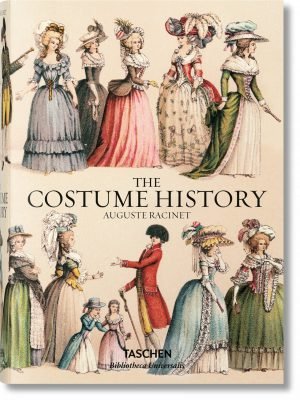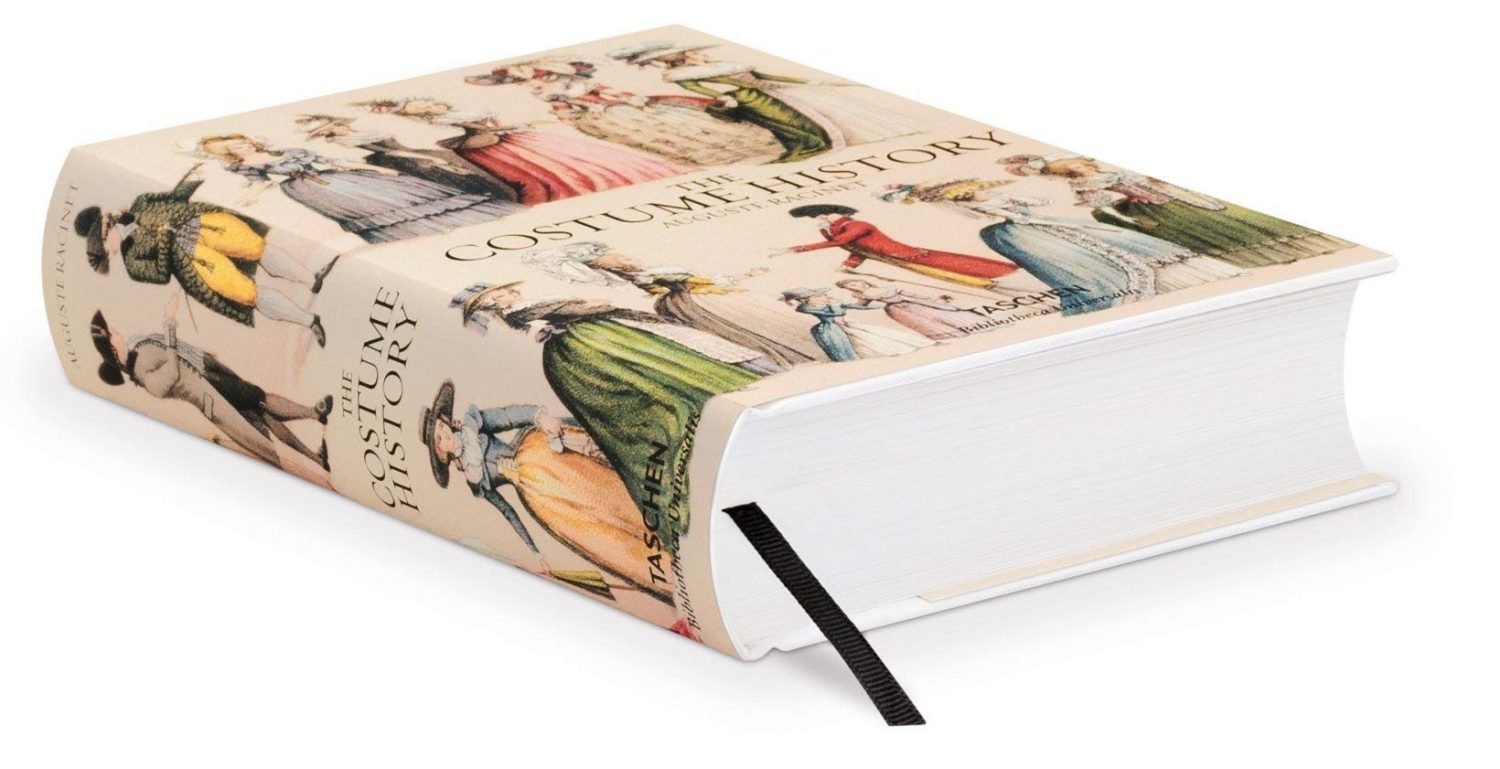
BYZANTINE AND ABYSSINIAN.
PATRIARCHAL TYPE. PRINCES OF THE IMPERIAL FAMILY. THE MARONITES AND THE ORTHODOX. THE ABYSSINIAN CROSS.
EMPEROR OF THE EMPIRE AND PRINCES OF THE IMPERIAL FAMILY. THE TIARA AND THE CROWN.
No. 8. Andronikos II Palaeologus ruled as Byzantine emperor from 1282 to 1328. The reign of Andronikos was marked by the beginning of the decline of the Byzantine Empire. During his reign, the Turks conquered most of the western Anatolian territories of the empire, and in the last years of his reign he also had to fight against his grandson Andronikos in the First Palaeological Civil War. The civil war ended with the forced abdication of Andronikos II in 1328, after which he retired to a monastery.
Group No. 5: Manuel Palaeologus (Byzantine emperor from 1391-1425) and his two sons, Johannes, since 1419 Johannes Palaeologus and Theodorus Porphyrogenetes, Prince of Sparta.
The Byzantine emperors borrowed a large part of the insignia of their dignity from the Persian kings, including the tiara. The tiara of Emperor Andronikos No. 8 is set with precious stones, the tiara of Manuel Palaeologus No. 5 is surmounted by a cross with a large diamond button on top.
Andronikos wears a dalmatica with wide sleeves over the embroidered tunic, superhumerals and stole over it. The pallium is wrapped in the form of a belt, the manipula is wrapped over the left arm. The right hand holds the Scepter, the left hand the Acatia, a small cushion filled with sand in the form of a roll. Manuel Palaeologus and his son Johannes are dressed similarly, except that the pallium has been replaced by the hypogonation, a kind of bag that is also part of the costume of the Greek bishops.
No. 4. Tiara of the Byzantine Emperor Michael VIII Palaiologos (1223-1282).
Priestly costume of the Catholic and Orthodox clergy in Syria.
Syrian Christians divide into two ecclesial communities and three rites. Two of these rites are Catholic, that of the Maronites and Uniate Greeks or Melchites; the third, that of the Orthodox Greeks, is dissident. Although the Maronites accept the Supremacy of the Pope, but have a special head in the person of the Patriarch of Antioch.
Group No. 6. The Patriarch of Antioch and Maronite priests.
The Patriarch’s costume is certainly that of the Bishops of the West; the only peculiarity is the silver cross held in his right hand (cf. n. 2). The two priests wear the costume of the Ulemas (Scholar); Dschubbe, Entari, Kundura (leather shoes) and Kulah (headgear).
Nos. 1, 3 and 7. Orthodox bishops and deacons.
The headgear of the Greek bishops is the mitre or the square cap with a veil falling at the back (cf. n. 3). The priests and deacons wear a black kalpak (no. 7). The other parts of the priestly vestments are: The phenolium, corresponding to the casibula; the sticharium or choirshirt; the omophorion or pallium, wider and longer than that of the Latin; the choir skirt, little used by the Orthodox, forms part of the processional regalia of the bishops (n. 3); the hypogonation, a square pocket on the belt, an attribute of the bishops and patriarchs (no. 1).
The Greek crosier, usually consisting of two snakes that bend towards a ball with a cross, is almost always made of wood, inlaid with ivory and mother-of-pearl. The pectoral cross and ring also belong to the bishops’ regalia.
The deacons (no. 7) wear the embroidered dalmatica and the epitrachelium or stole. Silk in all colours is usually used as fabric; black is excluded, even at funerals.
THE ABYSSINIAN CROSS.
No. 2. The cross of Theodor II. 1818-1868, Emperor of Abyssinia.
This cross was in the treasure of Theodoros in Magdala and is in the possession of Mr. Dutuit. Its elegant Byzantine form contrasts with the rawness of the engraved drawing.
Nos. 1, 2, 3, 6 and 7 by photographs. Nos. 4 and 5 borrowed from the Glossary of Du Cange, No. 8 from the Historia Byzantina by the same author.
See Voyage en Abyssinie exécuté pendant les années 1839-43, by Lefèvre, Petit, Quentin Dillon et Vignon. François Lenormant, Histoire des massacres de Syrie en 1860.
Source: History of the costume in chronological development by Auguste Racinet. Published by Adolf Rosenberg. Berlin 1888.








